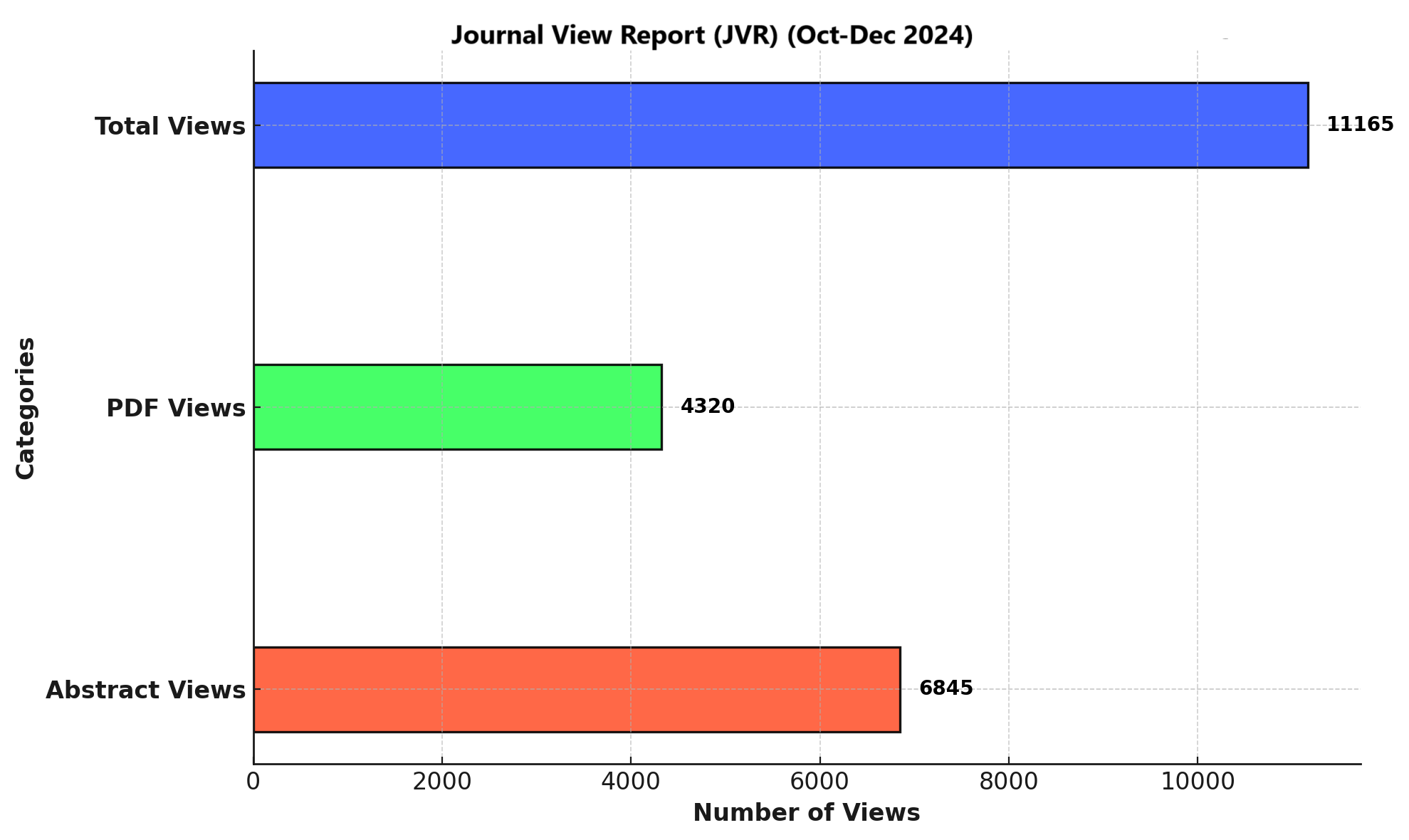PREVALENCE OF VESTIBULAR DISORDER AMONG DEAF CHILDREN
DOI:
https://doi.org/10.71000/ft9vbm51Keywords:
Balance, Deafness, Dizziness, Falling, Pediatric Vestibular Disorders, Sensorineural Hearing Loss, VertigoAbstract
Background: Vestibular disorders involve dysfunction of the inner ear or central nervous system structures responsible for maintaining balance. In children with hearing impairment, particularly those with sensorineural hearing loss, the auditory and vestibular systems are closely interconnected embryologically and anatomically. Despite this association, the assessment of balance issues in deaf children is often overlooked. Understanding vestibular involvement in this population is essential to ensure timely interventions that support motor development and prevent secondary complications.
Objective: To determine the prevalence of vestibular disorders among deaf children and assess their balance performance using clinical and functional tools.
Methods: A descriptive cross-sectional study was conducted over four months after ethical approval. A total of 141 deaf children aged 5 to 18 years were recruited through non-probability convenience sampling from two special education institutions in Faisalabad. Both male and female participants were included. Standardized tools were used to assess balance and vestibular function, including the one-leg standing test (eyes open and closed), tandem walking test, head impulse test, Pediatric Balance Scale, and the Pediatric Vestibular Symptom Questionnaire (PVSQ). Tests were performed with assistance from tutors, and questionnaires were translated into Urdu for better comprehension. Data were analyzed using SPSS, and Pearson correlation was used to assess the relationship between test scores.
Results: Of the 141 participants, 48.9% were male and 51.1% were female, with a mean age of 13.71 ± 2.69 years. Balance impairment was observed in 61.0% of children with eyes closed during the one-leg standing test, while only 30.5% showed impairment with eyes open. Normal tandem walking was observed in 55.3%, and only 3.5% were identified as fall risk. VOR impairment was present in 14.2% of children. Significant correlations were found between vestibular and balance tests (p < 0.001).
Conclusion: While a subset of deaf children exhibited vestibular dysfunction, the overall prevalence of balance impairment was low. The findings support the importance of early vestibular screening in children with hearing impairment to detect and manage balance issues effectively.
Downloads
Published
Issue
Section
License
Copyright (c) 2025 Mahnoor Muzammil, Anbreena Rasool, Rimsha Zaheerq (Author)

This work is licensed under a Creative Commons Attribution-NonCommercial-NoDerivatives 4.0 International License.







